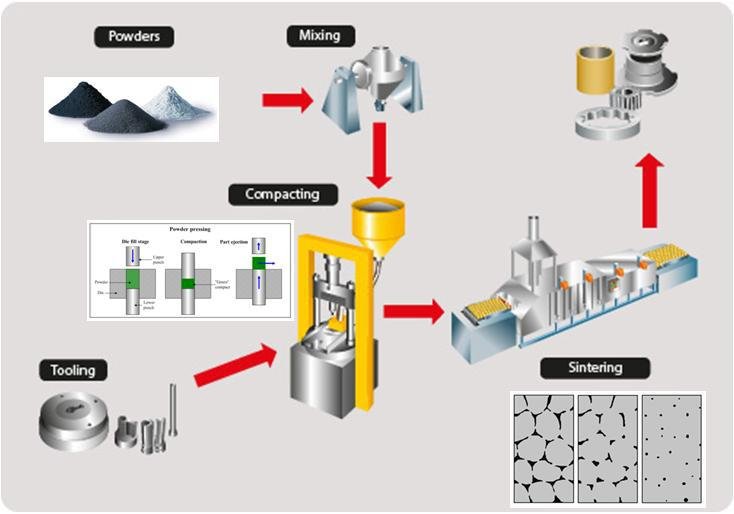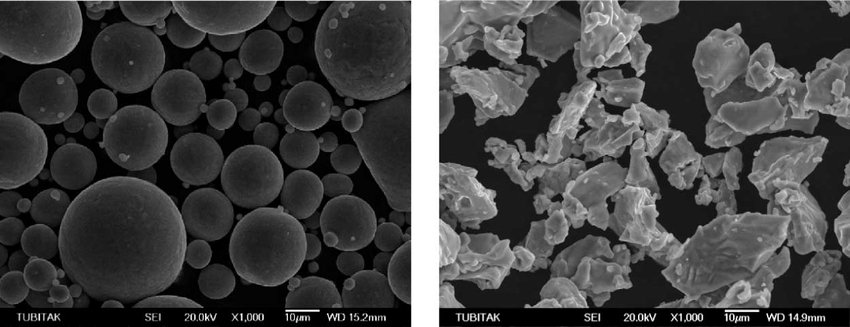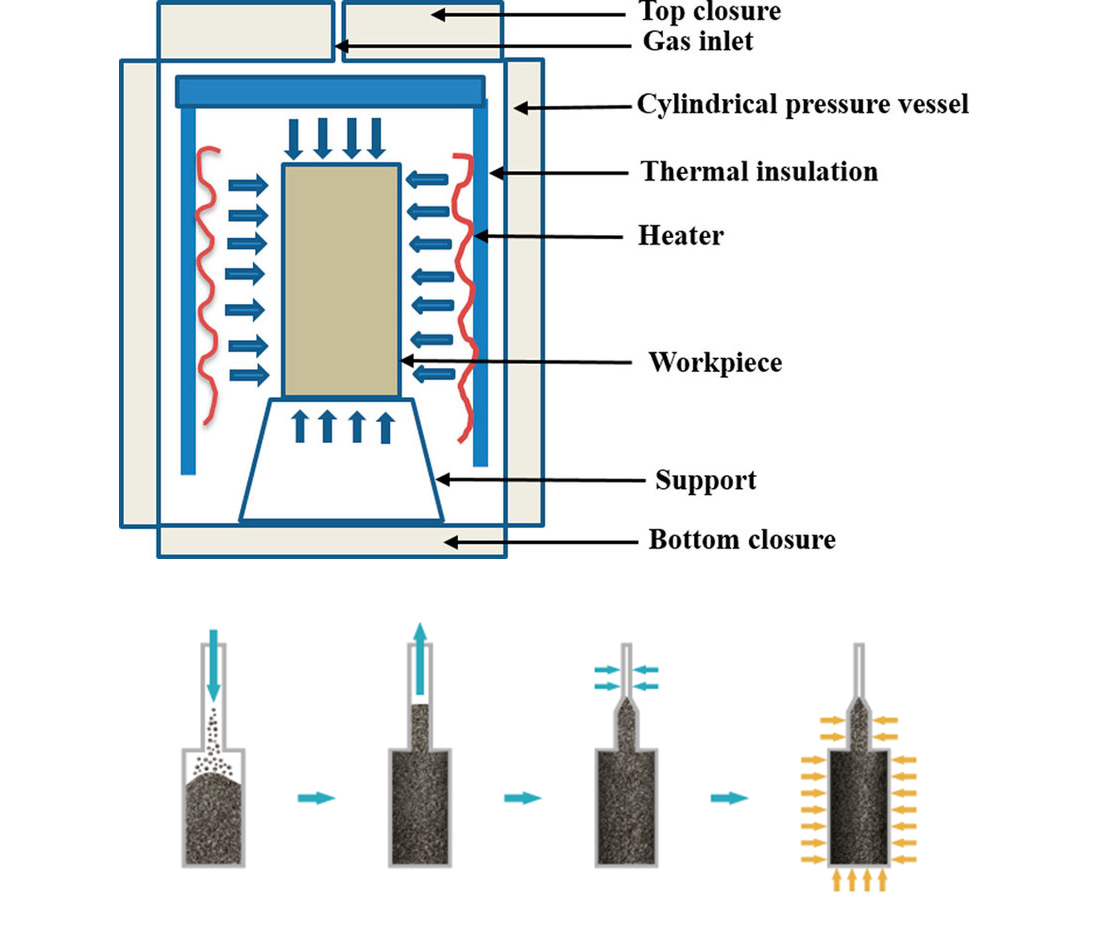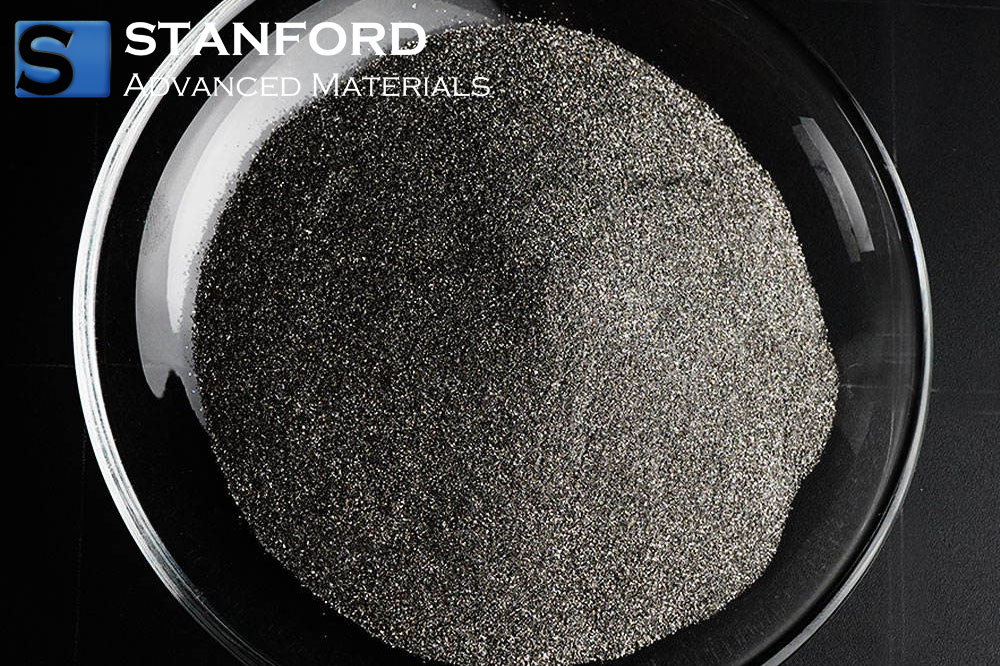What To Know About Spherical Powder And Powder Metallurgy Process
Powder metallurgy (PM) is a manufacturing process that produces metal components from powdered materials. It provides increased design flexibility, improved performance as measured by quantitative tests, and reduced material waste.
Below, the process is described with attention to production methods, quantifiable metrics, and the role of spherical powders in achieving consistent results in sintering, hot isostatic pressing (HIP) and metal injection moulding (MIM).
Understanding Powder Metallurgy Basics
--What Is Powder Metallurgy?
Powder metallurgy is a process that produces metal components from fine metal powders rather than by melting or casting. The process involves compacting the powder into a desired shape and subsequently heating (sintering) it to bond the particles into a consolidated component.
PM is employed to manufacture parts with complex geometries, precise tolerances and minimal subsequent machining. It is used in sectors such as aerospace, automotive, electronics and medical devices.
--4 Steps in the Powder Metallurgy Process
The general powder metallurgy process consists of four core stages:
1. Powder Production: Metal powders are produced by methods such as gas atomisation, mechanical milling or chemical reduction. Spherical powders, typically produced by atomisation, have been measured to exhibit improvements in flow behaviour and packing density.
2. Blending and Mixing: The powders are combined with lubricants or alloying elements to achieve a uniform distribution and to enhance pressing behaviour.
3. Compaction: The blended powder is compacted in a mould to form a “green” part. This stage relies on the powder’s consistent flow and measured packing density.
4. Sintering: The compacted part is heated at a temperature below the metal’s melting point. Consequently, the particles bond and densify into a consolidated component.
Some parts may undergo additional processes such as Hot Isostatic Pressing (HIP) or debinding and sintering in Metal Injection Moulding (MIM).
 [1]
[1]
Why Use Spherical Powder in Powder Metallurgy?
The shape of the powder particles influences the performance of the PM process. Spherical powders are used for several documented reasons:
--Flowability
Spherical powders exhibit lower inter-particle friction and improved flow through hoppers, feedstocks and dies. A study published in Powder Technology (Zhao et al., 2017) demonstrated that gas-atomised spherical 316L stainless steel powders achieved 40–60% higher Hall flow rates than water-atomised irregular powders of similar size. This result contributes to consistent die filling and green part formation.
--Packing Density
Densely packed particles reduce void spaces and enhance the integrity of the green body. ASTM B527 tap density tests show that spherical Ti-6Al-4V powders regularly reach 60–65% of theoretical density, compared with 45–50% for irregular powders. Higher packing density also increases thermal conductivity during sintering, thereby facilitating densification.
--Uniformity and Green Strength
A uniform particle shape leads to more consistent compaction behaviour. An internal case study by Stanford Advanced Materials (SAM) recorded that spherical cobalt-chromium alloy powders produced parts with 17% higher green strength and 14% lower dimensional variation after sintering compared with milled powders.
--Sintering Behaviour
Spherical powders promote improved interparticle contact, which accelerates neck growth and densification. For instance, researchers at Fraunhofer IFAM reported that spherical 316L powders sintered at 1 320 °C achieved greater than 97% relative density after 60 minutes, while irregular powders required higher temperatures and exhibited increased porosity.
 [2]
[2]
Spherical Powder and Powder Metallurgy Process
Spherical powders facilitate improvements across the PM process. This is evident in procedures such as sintering, HIP and MIM.
--Spherical Powder and Sintering
In conventional pressing and sintering, spherical powders offer several quantifiable benefits:
- Mould filling and compaction: the process results in uniform green parts.
- Green body strength: interparticle bonding contributes to a 17% increase in strength, as documented by Stanford Advanced Materials (SAM).
- Densification: during sintering, reduced shrinkage and warping have been measured.
- Mechanical properties: final part properties meet established data requirements.
Using spherical powders ensures process repeatability and consistency in sintered components, which is essential for structural parts, filters and tooling applications.
--Spherical Powder and Hot Isostatic Pressing (HIP)
Hot Isostatic Pressing (HIP) applies high temperature and isostatic gas pressure to fully densify metal parts. The process is used to directly consolidate powders or to eliminate porosity in pre-formed components.
Spherical powders are used in HIP because they:
- achieve higher tap density, which ensures uniform compaction
- promote even heat distribution during processing
- minimise internal porosity, thereby supporting mechanical integrity
- enable the formation of complex shapes with consistent microstructures
 [3]
[3]
--Spherical Powder and Metal Injection Moulding (MIM)
MIM combines metal powders with polymer binders to create a feedstock for injection moulding. After the initial shaping, the binder is removed and the component is sintered to achieve full density.
Spherical powders are employed in MIM for the following reasons:
- consistent feedstock flow during injection
- high powder loading that minimises shrinkage
- effective debinding and sintering resulting in parts that meet defect criteria
- fine particle sizes (<38 µm) which contribute to improved surface finish and enhanced densification
Spherical MIM powders are commonly used for small, complex and precise components in the medical, dental, electronics and firearm industries.
Conclusion
Powder metallurgy offers alternative techniques in metal part production. The quality of the powder is critical. Spherical powders deliver measurable improvements in flow behaviour, packing density and process consistency for sintering, HIP and MIM.
Stanford Advanced Materials (SAM) provides a wide range of high-purity spherical metal powders for PM applications. The powders comply with production requirements for structural components, medical devices and aerospace parts.
Reference:
[1] Tripathy, Aravind & Sarangi, Saroj Kumar & Chaubey, Anil. (2018). A Review of Solid State Processes in Manufacture of Functionally Graded Materials. International Journal of Engineering and Technology. 7. 1–5. 10.14419/ijet.v7i4.39.23686.
[2] Gülsoy, H & Gülsoy, Nagihan & Calışıcı, Rahmi. (2014). Particle morphology influence on mechanical and biocompatibility properties of injection moulded Ti alloy powder. Bio-medical Materials and Engineering. 24. 1861–73. 10.3233/BME-140996.
[3] Sahoo, Silani & Jha, Bharat & Mandal, Animesh. (2021). Powder metallurgy processed TiB₂-reinforced steel matrix composites: a review. Materials Science and Technology. 37. 1–21. 10.1080/02670836.2021.1987705.

 Bars
Bars
 Beads & Spheres
Beads & Spheres
 Bolts & Nuts
Bolts & Nuts
 Crucibles
Crucibles
 Discs
Discs
 Fibers & Fabrics
Fibers & Fabrics
 Films
Films
 Flake
Flake
 Foams
Foams
 Foil
Foil
 Granules
Granules
 Honeycombs
Honeycombs
 Ink
Ink
 Laminate
Laminate
 Lumps
Lumps
 Meshes
Meshes
 Metallised Film
Metallised Film
 Plate
Plate
 Powders
Powders
 Rod
Rod
 Sheets
Sheets
 Single Crystals
Single Crystals
 Sputtering Target
Sputtering Target
 Tubes
Tubes
 Washer
Washer
 Wires
Wires
 Converters & Calculators
Converters & Calculators
 Write for Us
Write for Us


 Chin Trento
Chin Trento



